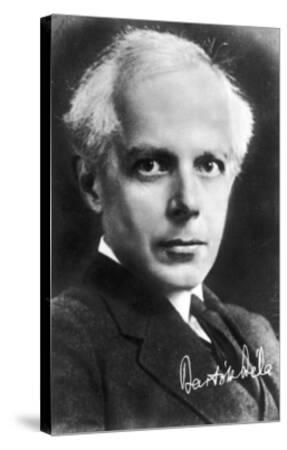
The climax of the opera occurs with the opening of the fifth door, revealing Bluebeard's vast kingdom. (audio) Between the opening of each door, we learn the inner struggles of both characters. The first door reveals Bluebeard's torture chamber, with its bloody musical motif. She pleads with Bluebeard to open them and he does so reluctantly, one by one. Throughout the opera, Judith is met with seven locked doors. (audio)īluebeard's new wife, Judith, has heard the rumors of him murdering his former wives, but she loves him anyway and believes she can bring light and warmth to his world of darkness. So I don't think it was unusual for Bartok to pick a revisionist rendition of a dark and terror-filled fairy tale as the libretto for his first and only opera, Duke Bluebeard's Castle.Īs the music begins, we hear those exotic folk intervals in the lowest region of the orchestra, introducing us to the dark, inner world of Duke Bluebeard, his castle and his soul.

Bram Stoker's Dracula, set in nearby Transylvania, was written in 1897, and Freud had recently published " On the Interpretation of Dreams. The era in which Bartok lived was rife with these over-the-top story lines. Perhaps not the greatest literary accomplishment, but the story makes for thrilling music. The Mandarin just stares at them with eyes of fire.įinally, overcome with compassion, one of his tormentors touches the Mandarin, and his wounds begin to bleed and he dies in her arms. But nothing-neither strangling nor suffocation-works. There's a weird dance and a chase scene before they try to kill him. Later, the hooligans try robbing the Mandarin. It's the perfect set-up for the story of three shady characters who lure people up to their room to beat and rob them.

The angry scales played by the violins and the spitting woodwinds immediately send us to a foreign and frightening place. And some of the music still gives me a jolt today.Ĭonsider the opening of the suite from Bartok's 1926 ballet, The Miraculous Mandarin (audio). When Bartok combined the unique harmonies and rhythms of these songs with his penchant for odd-sometimes even perverse-story lines, the result was shocking. The best known of all his folk-related compositions are the Romanian Folk Dances. Bartok's discovery of these folk songs would be the defining factor in the development of his unique style and voice. Together with fellow composer Zoltan Kodaly, Bartok recorded, notated and collected thousands of original tunes, ultimately preserving an entire culture. He became obsessed with tracking down original folk tunes from tiny villages in Hungary and Romania.

The experience triggered an "Aha!" moment for Bartok. In 1904, when Bartok was in his early 20s, he heard a peasant woman singing indigenous folk songs. Bartok created a unique sound world of exotic mystery which sounds as imposing, even dangerous, today as it did in the early 20th century. The problem, I think, is a testament to Bartok's striking individuality and innovative musical voice. Even in 2007, the suggestion of programming Bartok's music in concert is routinely met with hand-wringing and worries of not being able to fill the seats in the hall. Hungarian composer Bela Bartok continues to be one of history's most misunderstood composers. Alsop says Bartok created a unique sound world of exotic mystery, sounding as imposing today as it did in the early 20th century.


 0 kommentar(er)
0 kommentar(er)
